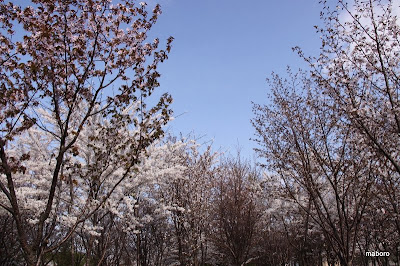Hamanaka settled in the town from the Edo period Yoiti is fishing Hukuwara building was owned by a group of houses had been fishing for herring Hukuhara.
Tsukamemasu whether any had been placed in the building had been used in herring fishing and exploring the spacious grounds.
Banya is a main house accommodation space migrant fishermen, fishermen's wooden floor chamber has become known as Daidokoro(kitchen) two floors, has become in three dimensions to accommodate fishermen.
Also, during the height of the herring fishery off the floor now eating instant meals can be left shoes.
 |
| Rice granary |
The warehouse had kept the U.S. soybean food products and straw packed between the inner and outer stones, prepared for invasion of rats.
In addition, the warehouse network were housed and nets used in fishing and warehouse documents were stored clothing and important documents stored in the same shape and then place the product being dried Shirako Kazunoko taken from herring and can be crowded at times to know the fishing herring fishery management.
[Activity] in the material culture of each facility in the town museum, except Saturday and Sunday Yoiti is from May to November, with a brief overview of each facility in their holiday volunteer docent.
































